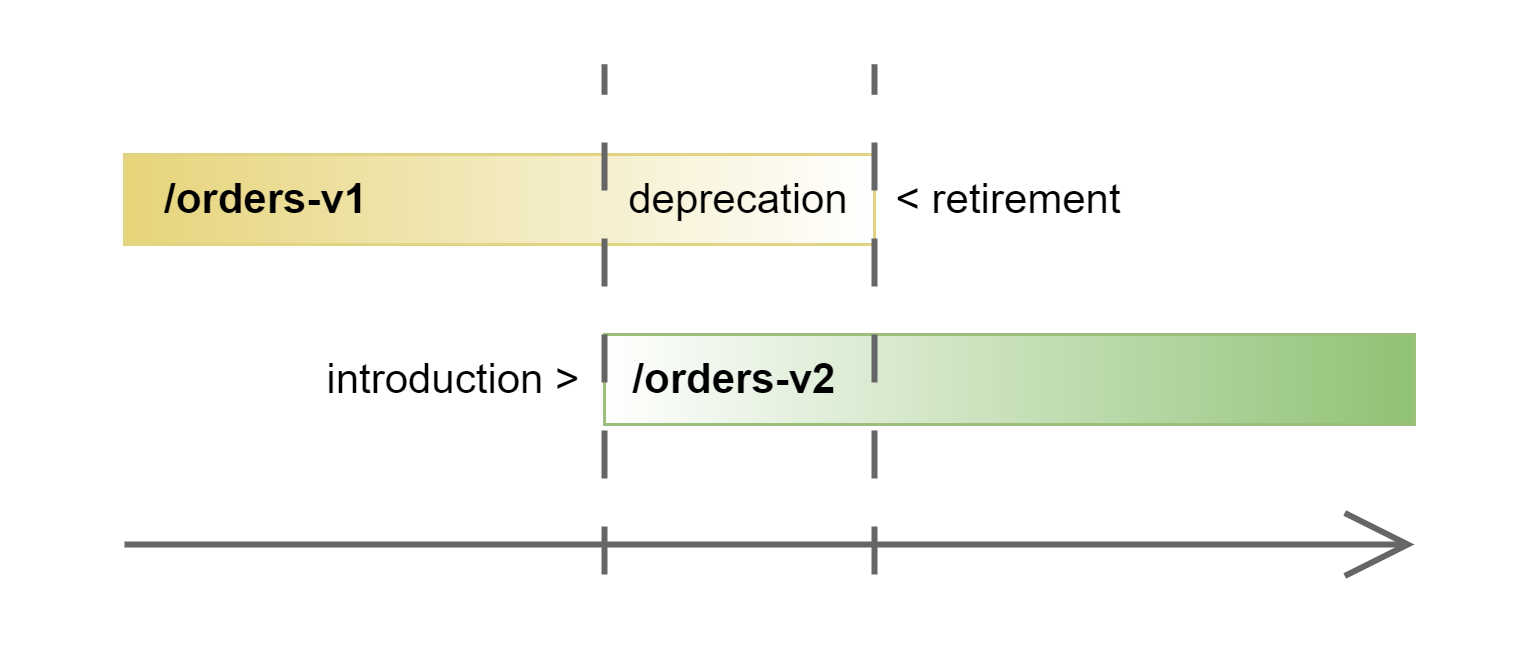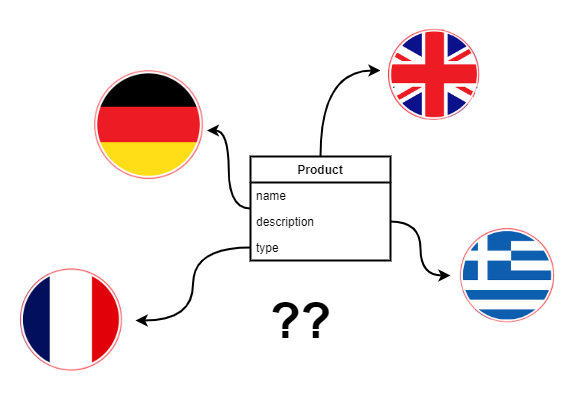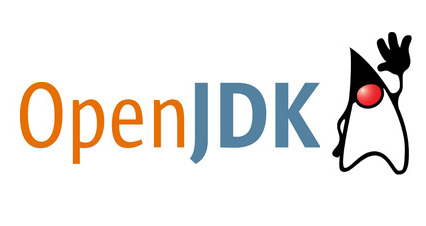Blog

Oct 5, 2024, 2:23 PM
Versioning is crucial for maintaining a stable and evolving REST API. As your API matures, changes become inevitable, whether due to bug fixes, new features, or performance enhancements. Proper versioning allows you to introduce these changes without breaking existing client integrations. This article explores several common REST API versioning strategies, discussing their pros and cons.

Oct 31, 2023, 10:18 PM
The ability to precisely locate browser users is a key functionality of many applications and online services. Choosing the right geolocation method is not always straightforward. In this article, we will examine the strengths and weaknesses of the browser’s Geolocation API versus server-side IP-based geolocation, and also compare the effectiveness of various services supporting the latter option.

Aug 13, 2022, 10:17 PM
In this article we continue our research on how to implement field level text search by using a datatype specific to Postgres - a HStore column. Next we'll use GIN / GiST indexes which ware described in the opening article of this series and we'll try to implement the described concept using Spring Data JPA, Hibernate and Postgres.

Apr 3, 2021, 8:03 PM
In this article we continue our research on how to implement field level text search by creating a companion translations table for each class. We'll use GIN / GiST indexes which ware described in the opening article of this series and we'll try to implement the described concept using Spring Data JPA, Hibernate and Postgres.

Sep 27, 2020, 1:00 PM
Software systems that operate in an international environment often must support multilingual data models. For example, users of a procurement system must be able to describe the products they want to buy in many languages because they want to receive offers from suppliers that reside in different countries. Designing a system that can effectively display data in a given users language and also allow him to do full text searches is a challenge - many commonly used patterns will have a high performance penalty and slow down your system. In this first of a series of articles we will describe how Postgres supports full text search in general and what are the most common anti-patterns for multilingual SQL models.

Oct 21, 2019, 11:42 AM
The times when Java was available on almost every desktop are long gone but you can still distribute your desktop applications written in Java in a user friendly way. Since the release of OpenJDK and OpenJFX 9 we can benefit from the JVMs modularization efforts and easily build executables with a bundled JVM trimmed to the needs of our application. In this article we will show you how we ported our small desktop app called PDF Decorator initially to OpenJDK 11 and used tools like jlink and jpackage to start distributing our app without requiring any third party software on our clients machines.

Jun 22, 2019, 10:13 AM
Problem: we want queries to our entities to eagerly fetch only the fields that we need in the given context (for example to show in a specific UI data table).
Requirement: our solution must be able to accept dynamic filter compositions.
Possible solutions: Named Entity Graphs from the JPA standard or Projections mechanism from Spring Data.
Lets research them!

Nov 18, 2013, 6:27 PM
In the last article we described why the division of responsibilities between ERP-MES systems from the IEC/ISO-62264 standard cannot be directly applied to small and medium enterprises. Now we’ll show you how we devised our own integration scheme for systems used in SME based on the conclusions from the previous analysis.

Oct 22, 2013, 7:30 PM
At the beginning of the year we began preparations to design our own IT system for industrial production management targeted towards small and medium-sized enterprises. As part of this stage we analyzed standards related to such solutions. Our attention has been particularly caught by IEC/ISO-62264 (based on ISA-95), which attempts to construct an unified model of concepts, data structures and activities that occur at the interface between Enterprise Resource Planning systems and Manufacturing Execution Systems.
Now came the time to share with you our insights and design sketches. This is our first article from a hole series that show you our efforts aimed at transferring the standards adopted for large ERP and MES systems to the SME scale of things.



